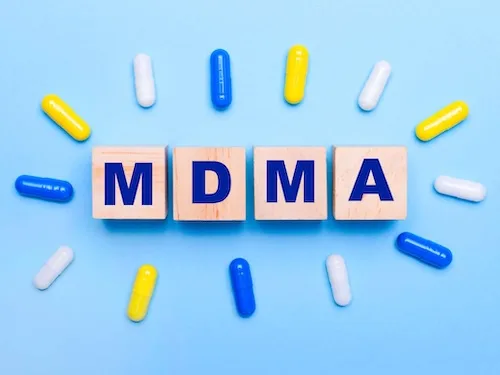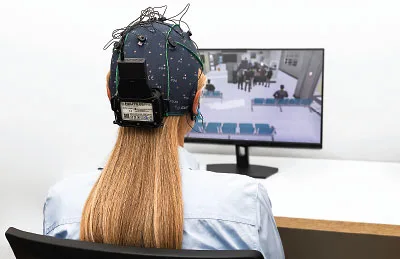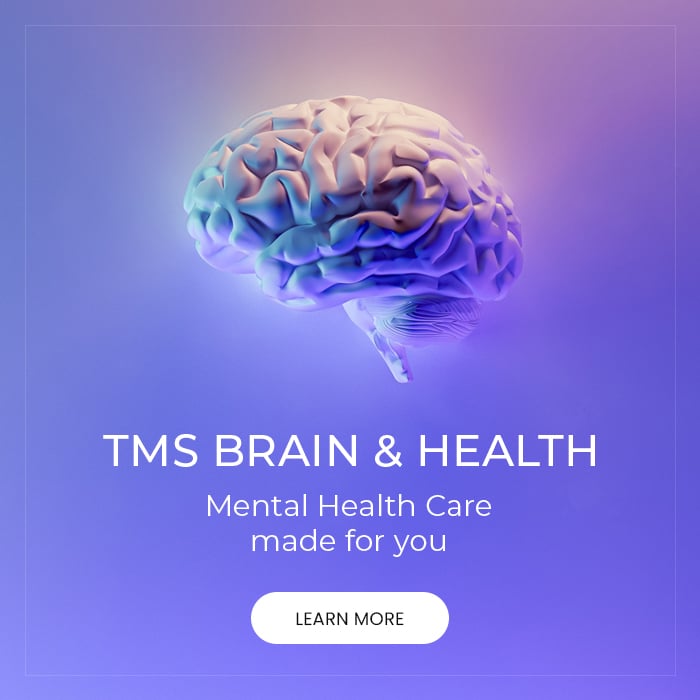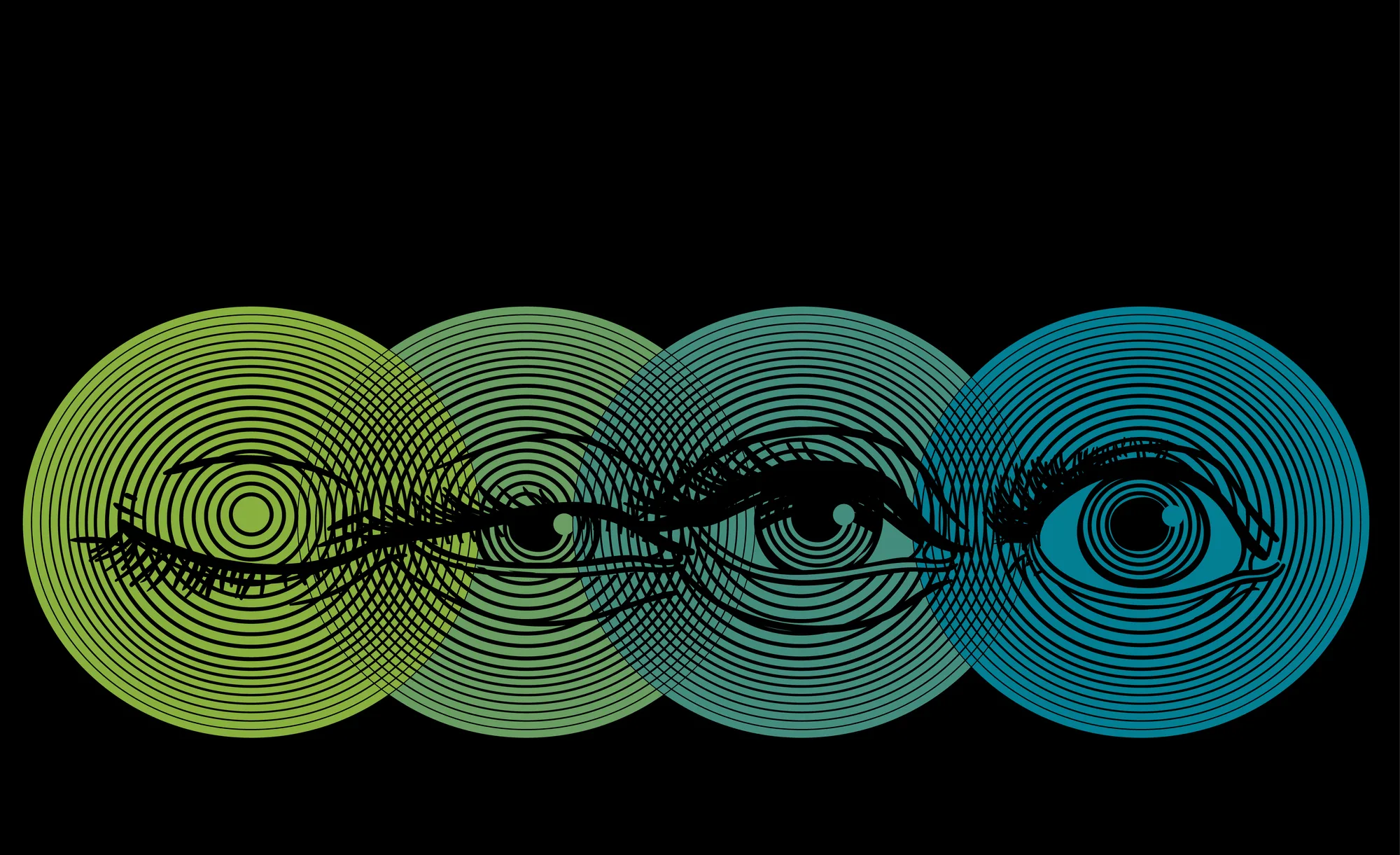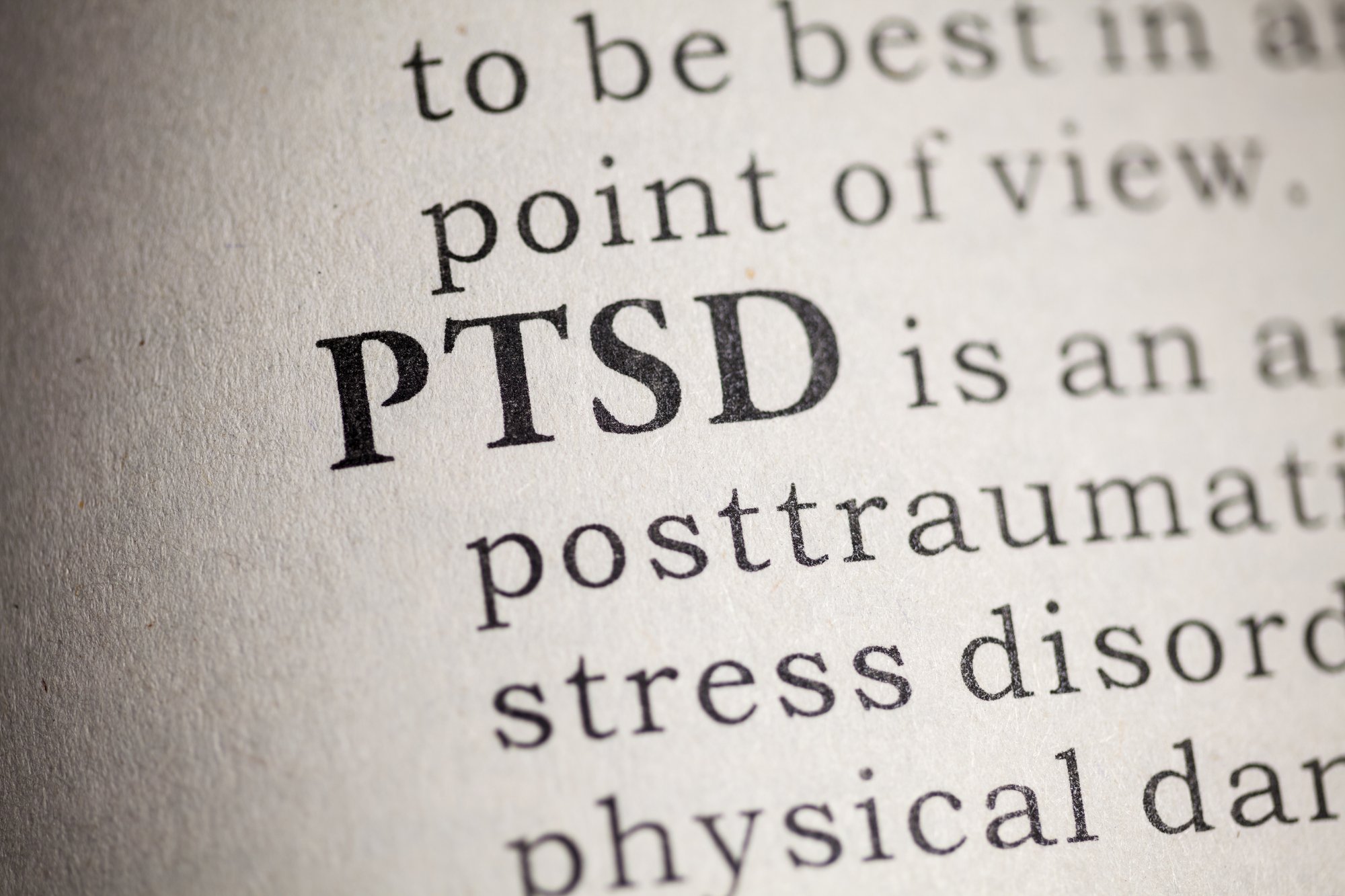When conventional approaches such as medication and psychotherapy fail to alleviate symptoms of persistent depression, transcranial magnetic stimulation (TMS) therapy may be an effective solution. This treatment offers a profoundly effective pathway towards improved mental health and well-being.
Considering the remarkable efficacy of TMS in helping people overcome treatment-resistant depression, it’s not a surprise that technology companies have made it their mission to recreate the therapy in a more accessible format that allows more people to receive the treatment easily. Due to these efforts, wearable neuromodulation devices have emerged, enabling those living with depression, anxiety, or insomnia to purchase and use in the comfort of their own home.
Utilizing an at-home brain stimulation device such as the Fisher Wallace Stimulator® for brain stimulation shares a foundational concept with TMS therapy. However, these two treatments have notable distinctions.
If you’re seeking guidance on determining the most suitable option for your needs, the experts in mental health and neuromodulation at Bespoke Treatment are available to help. The following outlines a comparison between conventional TMS therapy and self-administered treatments involving at-home brain stimulation devices.
The basics of TMS therapy
Transcranial magnetic therapy (TMS) uses noninvasive magnetic energy to pinpoint and activate a particular region of your brain that has experienced decreased activity due to an enduring mental health condition such as depression, anxiety, or obsessive-compulsive disorder (OCD).
Prior to the TMS treatment, our team utilizes electroencephalogram (EEG) testing to finely calibrate, assess, and precisely identify the specific brain region most impacted by your particular mental health condition.
Throughout a TMS session, a skilled practitioner place an electromagnetic coil directly onto your scalp, aligning it with the most affected area. This coil produces a continuous flow of gentle, low-amplitude magnetic pulses that traverse your skull and penetrate your brain. These pulses effectively rouse the inactive cells that have maintained your brainwaves trapped in an abnormal and harmful pattern.
Throughout the duration of your TMS treatment regimen, our team consistently observes and evaluates your brain activity. This enables our team to make real-time adjustments to your therapy, ensuring that it remains as precise and effective as possible.
At-home brain stimulation
Similar to other at-home brain stimulation devices, the Fisher Wallace Stimulator uses a gentle electric current, rather than magnetic energy, to stimulate serotonin production and invigorate activity in the brain region responsible for mood regulation.
In this self-directed, standardized treatment, you secure an elastic band around your forehead, holding an electrode firmly against each temple. Comfortably seated, you activate the battery-operated device and select level two, a recommended setting for addressing anxiety, depression, and insomnia.
Just like TMS therapy, the at-home brain stimulation device also requires regular daily usage to induce the brain changes conducive to symptom alleviation. With the design of the Fisher Wallace Stimulator 20-minute sessions each day are necessary—once during the day to address symptoms depression or anxiety. For those with insomnia, it’s recommended to use the device for a couple of hours before bedtime for a restful night’s sleep.
Should you not experience some degree of relief after 14 days on level two, it’s advised to attempt level three or four for an additional two weeks. Regardless, the device’s creators suggest using it for at least a full month, preferably twice daily before evaluating its efficacy for your case.
Unlike TMS or neurofeedback methods, the Fisher Wallace Stimulator lacks the ability to directly target specific brain areas. When activated with an electrode on each earlobe, it generates a low-powered, diffuse electrical field that engages with the brain. Due to the field’s broad and diffuse nature, precise identification of the stimulated brain portion, whether it encompasses the entire brain or just a targeted region, its overall health impact remain uncertain.
The Advantages of TMS
While TMS therapy and an at-home brain stimulation device like the Fisher Wallace Stimulator are both forms of neuromodulation, the similarities largely end there.
The Fisher Wallace Stimulator employs a mild electrical current to stimulate the brain, which places it in the realm of a milder variant of conventional electroconvulsive therapy (ECT), rather than being a derivative of transcranial magnetic stimulation.
While at-home brain stimulation utilizing low-level electric energy lacks the same risks associated with full-scale ECT, it also lacks the potency, precision, and customization found in TMS therapy.
Given the intricate nature of the human brain, TMS therapy takes this complexity into account by precisely locating, measuring, and calibrating the brain area most impacted by your mental health concerns. Applying two electrodes to your temples at home with the at-home brain stimulation device simply doesn’t yield the same targeted effect as TMS therapy.
Furthermore, TMS therapy is continuously adapted to cater to your brain’s evolving needs and changes as you progress through your tailored treatment regimen. Ongoing monitoring allows our team to visually track your brain’s improvement over time and make precise adjustments to optimize your treatment course and ultimately the results. As a one-size-fits-all approach, at-home brain stimulation falls short in comparison.
At Bespoke Treatment, we specialize in intermittent theta burst stimulation, also known as Accelerated TMS. Accelerated TMS readjusts your brain ten times faster than standard TMS, reducing your daily session time to only three minutes. While our standard TMS treatment is for 30 sessions over a 6-week period, the accelerated protocol involves 10 treatments a day for 5 days.
To discover more about the advantages of TMS therapy and how it can help you overcome your mental health concerns, reach out to your nearest Bespoke Treatment office in Los Angeles or Santa Monica, California, today. Alternatively, you can schedule an appointment with one of our seasoned specialists at your convenience by visiting us online.


